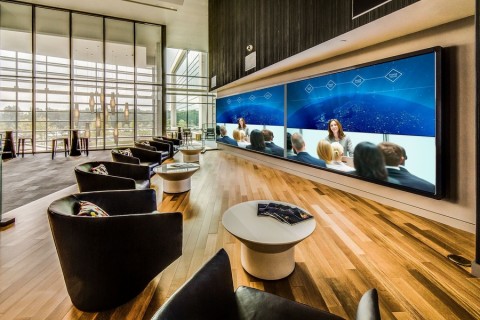Understanding How Professionals Choose the Perfect CCTV Setup to Fulfill Your Security Needs
Understanding How Professionals Choose the Perfect CCTV Setup to Fulfill Your Security Needs
Blog Article
As it comes to ensuring safety and security, choosing the appropriate CCTV setup is crucial. Closed-circuit television (CCTV) systems are widely utilized for surveillance in various settings, such as homes, companies, and public areas. These systems help observe actions, deter crime, and provide valuable evidence in the event of incidents. Understanding the different components and characteristics of CCTV systems can help individuals and organizations make informed choices that most satisfy their safeguarding needs.
One of the first factors when choosing a CCTV system is the type of cameras required. There are numerous types of devices on the market, including dome cameras, bullet cameras, and PTZ (pan-tilt-zoom) cameras. Dome cameras are often employed for indoor surveillance due to their subtle appearance, while projectile cameras are more noticeable and are typically used outdoors. PTZ devices offer the capability to magnify in on specific areas and can be controlled from a distance. Assessing the particular surroundings and the areas that require monitoring will help determine which type of camera is best appropriate.
Another crucial consideration to consider is the resolution of the devices. Higher clarity devices offer clearer images, which can be essential for recognizing individuals or details in a scene. Common resolutions include standard definition (SD), high definition (HD), and superior resolution (UHD). Although increased clarity devices may come at a increased cost, they can significantly enhance the efficacy of a surveillance setup. It is also important to take into account the illumination conditions in the location being observed, as some cameras are better equipped to handle dim conditions than others.
Storage choices are also a key aspect of CCTV setups. Video recordings can take up a substantial amount of space, so it is crucial to choose a setup with adequate capacity options. Many systems provide cloud storage, which allows for off-site access to recordings and can provide additional security in case of theft or damage to the physical device. Alternatively, local storage, such as electronic footage recorders (DVRs) or internet video recorders (NVRs), can be used. Comprehending the capacity needs based on the quantity of cameras and the desired retention duration for footage is crucial for effective surveillance.
Lastly, the setup and maintenance of the CCTV setup should not be overlooked. Expert setup can ensure that cameras are placed in optimal spots for why not look here maximum coverage. Additionally, routine upkeep is essential to keep the system operating effectively. This includes inspecting camera positions, wiping lenses, and ensuring that software is current. Some setups also offer remote surveillance features, enabling operators to view live recordings from their mobile devices or laptops. This feature can offer reassurance and enhance the overall efficacy of the security setup.
In summary, selecting the ideal CCTV system involves thoughtful evaluation of multiple aspects, such as camera types, resolution, storage options, and setup. By comprehending these elements, people and organizations can select a setup that efficiently satisfies their security requirements. A well-planned CCTV system not only assists discourage criminal activity but also offers important evidence when needed, rendering it an important investment for safety and security.